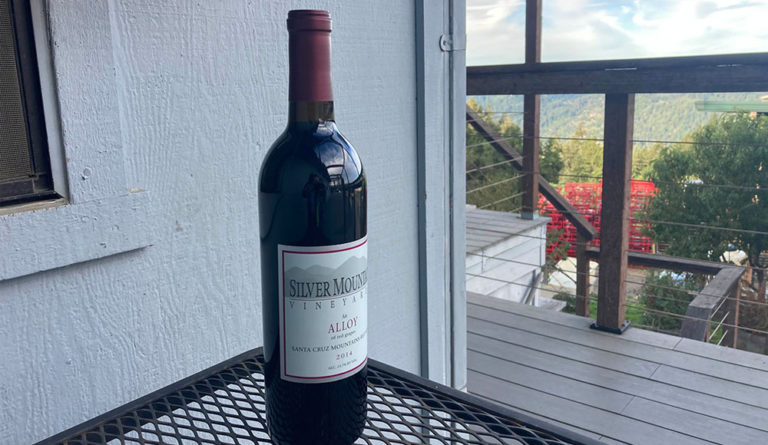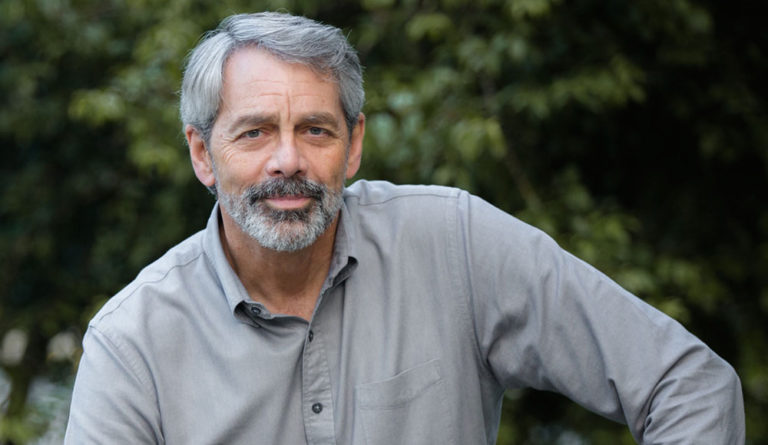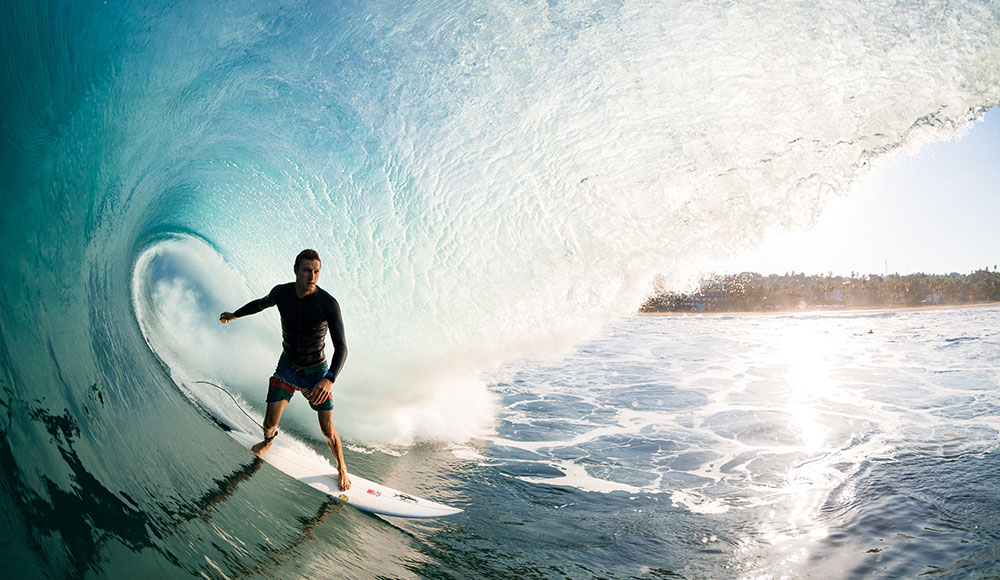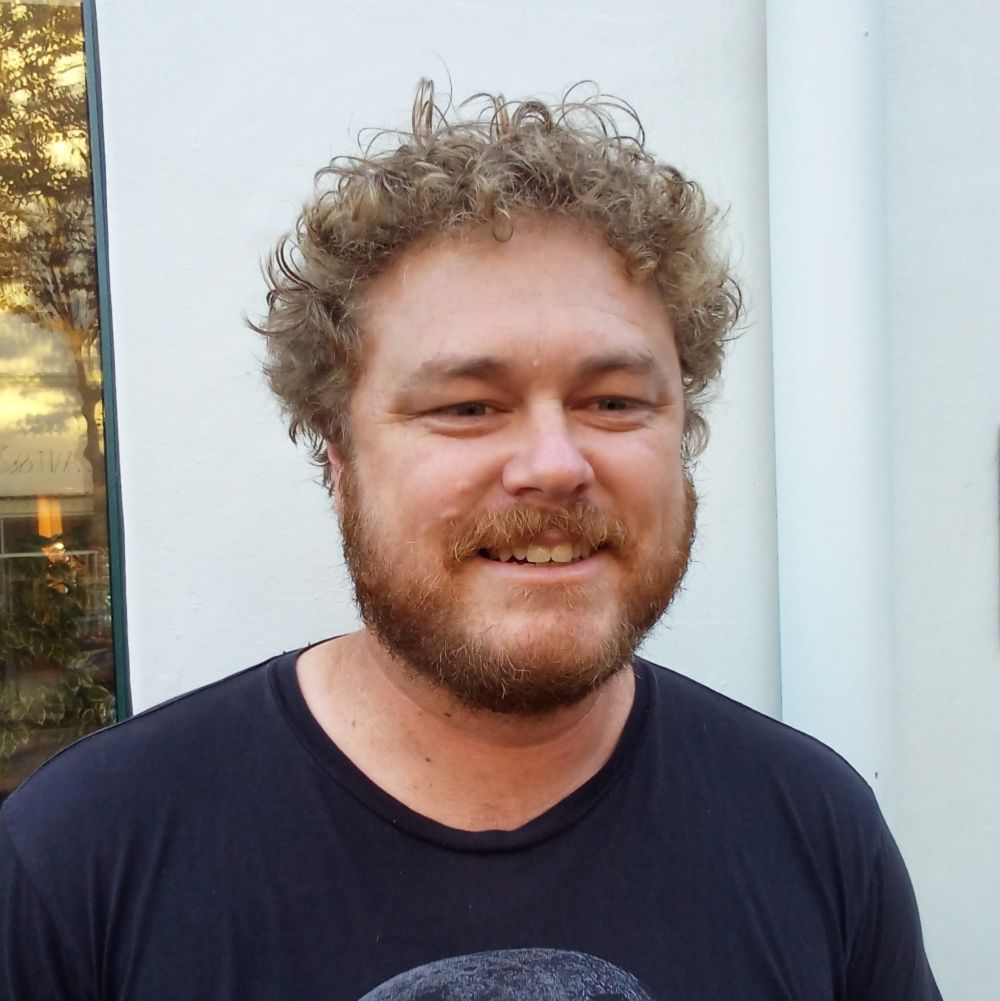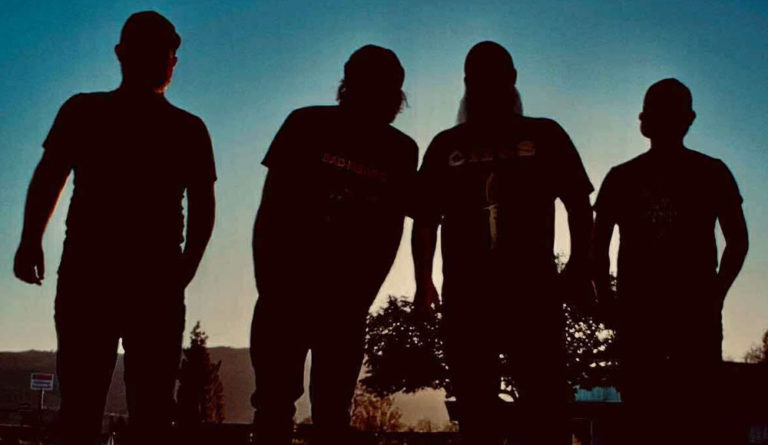Santa Cruz local Dave Evans is remarkable for many reasons — not least of which is that his first book, Designing Your Life, co-written with Bill Burnett in 2016, has been translated into more than 27 languages and remains the top-selling book in Amazon’s Career category, the position once dominated by “What Color is Your Parachute”?
A former firefighter who put himself through Stanford, Evans also became the world’s first mouse product manager at Apple before co-founding Stanford’s renowned Life Design Lab. His follow-up book, Designing Your New Work Life, continues to explore how a designer’s mindset can help anyone live with more meaning, without adding more to an already full schedule.
A surprisingly down-to-earth person, Dave was generous enough to carve an hour out of his busy day to talk about his upcoming book, How to Live a Meaningful Life, (with coauthor Bill Burnett) and why now is the perfect time to start.
Designing Your Life was a gamechanger, but it seems some of your readers hit a dead end after the goals they achieved weren’t as fulfilling as they’d envisioned. Your new book suggests we can create more meaning by applying a designer’s mindset, without having to cram more into our already busy lives. What inspired this idea, and why is it so timely?
Dave Evans: When we first brought the “five designer mindsets” into our Stanford program—this goes back to the early days of Designing Your Life—we learned something powerful: point of view matters tremendously. The way you see things changes everything.
We’d hear from people saying, “Oh, I read Designing Your Life and it was so helpful.” And [co-author] Bill would ask, “So, which exercises did you do?” Overwhelmingly, the answer was none. Just reading about mindset was enough to help them reframe their experience.
People are struggling right now. That reframing, or aligning more closely with reality, is what opens the door to freedom. Stuff only happens in reality, so get there as soon as you can. Once you’re there, if you have a more attentive stance, one that lets you be in the present moment, you’ll find more freedom and more opportunity to live the life you’re choosing. You actually get more aliveness out of it while you’re doing it.
You reference a line between impact and meaning. How do you distinguish between them in a culture obsessed with productivity and results?
The number-one thing we’ve heard over years of research is: “It’s just not working for me. It’s not fulfilling enough.” When we dig deeper, people usually define meaning as impact—changing the world, leaving a legacy. And that’s great. But if impact is your only food group, you’ll go hungry.
Impact is an outcome, not a source of meaning. Even if you sell a million books, or hit the big goal, the half-life of that satisfaction is short. There’s always the next thing. We call that the hedonic treadmill. It used to be about money or power, now it’s meaning. How much purpose is enough? The answer is always a little bit more.
So we invite people to broaden their experience. Reframing meaning allows you to experience the fullness of being alive: coherence, flow, wonder and formative growth, not just achievement.
I get it. If you’re not enjoying the journey, the satisfaction of your achievements only lasts so long. And you may miss opportunities for growth as well. You also write about “radical acceptance”—the idea that we can’t change gravity problems, those unchangeable realities like “poets don’t get paid enough.” How does that idea help people move forward?
Exactly. There are some things you just can’t change—market realities, physics, gravity. So, if you’re a poet and the world doesn’t pay poets much, that’s the reality. The only way you’ll be happier than your underpaid poetic self believes she deserves to be is by accepting the fact that poets get paid poorly. Radical acceptance is our number-one mindset in the new book.
But we always emphasize, acceptance is not endorsement. You’re not saying it’s okay, you’re just acknowledging that it’s true. Once you do that, you can reframe your stance toward reality and actually move forward.
Let’s explore that effortless state of mind where focus meets ease that psychologists call flow, and the distinction between “being in the flow” and living with flow consciousness. Can you explain that?
Sure. The “flow state”—that high-performance zone Mihaly Csikszentmihalyi wrote about—is one form of flow. But we think the bar’s been set too high. You don’t need to be writing a symphony to experience flow.
“Simple flow” is available anytime. It’s about noticing what’s flowing by you right now, the totality of reality happening in this moment. You can either stand back, trying to control everything in the past or future, or you can participate in the flow that’s already happening.
When you’re in that mindset, you’re not chasing meaning—you’re living it.
And social media seems to pull us away from that…
Oh, absolutely. We’ve been in this acceleration loop since we invented the clock. Then came electricity, railroads, phones, the internet, and now AI and social media. Each step has pushed us further into transaction mode.
It’s highly effective, but it’s not very life-giving. The achieving brain has taken over. Flow invites the awakened brain back into the room.
You write about the “scandal of particularity”—that we experience the sublime only through small, specific moments. Why is that “scandalous”?
Because it’s humbling! There’s no such thing as the ultimate, complete experience of beauty, love or truth. You only ever get little glimpses: your grandchild’s eyes lighting up at a cupcake, sunlight on a leaf, the sound of laughter.
It’s scandalous that the infinite shows up in the finite—that the sublime hides in the ridiculous. But once you accept that, every small thing becomes an invitation. You start celebrating the particular instead of criticizing it for not being everything.
I love the case study of “Fritz” and how he reframed an important morning from stressed and over-managed to being in flow. What can readers take from that?
Fritz learned to plan his day so he could set himself up for success, then let go. Worrying feels like a necessary responsibility, but it’s really just anxiety. Once you’ve done enough prep, over-managing doesn’t make things better; it just fills your head with noise.
If you’ve set yourself up to win, you can actually enjoy walking into the office, greeting people, catching the light through the trees. When you’re not overthinking, you show up as a calmer, more present version of yourself—and you perform better, too.
So much of this comes back to trust and letting go. But what about all of the people who feel truly stuck?
Most people are stuck because they’re holding a bad question. They’ve decided the only valid solution is the one that isn’t available: “If I can’t get promoted, my life is over.” The first step is to restate the question so it gives you more freedom.
You could ask, “How can I make work more interesting?” or “How can I enjoy this life while I’m solving the problem?” If you’re stuck on something unsolvable, you need a better question.
The truth is, while you’re “stuck,” life is still happening, you’re still becoming, still invited into coherence, flow, wonder and formation. There’s more life on the table at any given moment than most people realize.
Speaking of wonder, your book introduces the idea of a “sniffari,” which for a sensory awareness nerd sounds inviting.
That one’s borrowed from dog owners! A “sniffari” is a walk where you let your dog follow its nose fully and freely. As olfactory beings it lights up all of their circuitry. For humans, who are primarily visual beings, it’s a way to awaken the senses. Go outside, walk slowly, and actually smell things: the wood, the dirt, the rain.
You’ll find yourself fully present, because smell demands attention. It’s mindfulness through the nose.
You also describe coherence, meaning when who we are, what we believe, and what we’re doing align.
Exactly. Catch yourself in the act of being coherent: “Oh, I’m doing what I believe in.” That’s an experience of meaning, right there. Don’t skip over it waiting for the big win. Notice it. Value it.
I appreciate the simple breakdown introduced in the book of two major life stages. What’s your best advice for readers to embrace growth in either stage?
First half of life you’re building the container. Second half you’re emptying it. The first half is about creating the person you respect. The second half is about transcending that person.
Don’t rush it, but don’t cling, either. Be willing to move through transitions, to let go of old definitions. Change is inevitable, but growth is optional and available throughout your whole life.
You’ve said before that “all of us contain more aliveness than one lifetime permits us to live.” What does that mean for you now?
We’re each a multiverse of beings—we each have many possible selves inside us. The work is not to become done, but to keep growing.
Ask yourself, “What am I learning now? What invitation is life making to me today?”
Change is inevitable. Growth is optional. But if you stay curious and keep saying yes to the invitations, you’ll live into the next version of yourself beautifully.
That’s a beautiful note to end on.
Thanks. Just remember—it’s not about doing more. It’s about noticing more.


